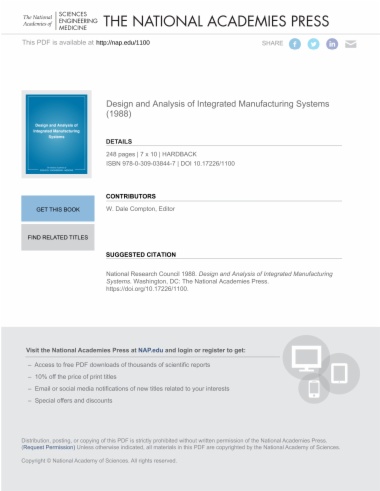

To improve public confidence in clinical research, a number of public and private groups have called for a publicly accessible, comprehensive, and transparent registry of relevant information on clinical trials for drugs and biologics. The public and various entities within the medical community (health care providers, researchers, medical journal editors, pharmaceutical companies, health insurers, and regulators) have different expectations and perceived needs regarding a public clinical trial registry.
The IOM Committee on Clinical Trial Registries hosted a workshop on June 27, 2005, to obtain much-needed input from members of the public, public advocate groups, and the broader community of journal editors, pharmaceutical and biotech leaders, NIH, and the FDA. Participants discussed the data elements that have been at the core of debate and commented on issues of compliance and implementation of a national clinical trial registry.
Developing a National Registry of Pharmacologic and Biologic Clinical Trials: Workshop Report inlcudes discussions at the workshop centered on the following five concepts, and are described within this report: 1) Purpose, 2) Which Trials to Include, 3) Delayed Disclosure Mechanism, 4) Reporting Results of Completed Trials, and 5) Compliance.